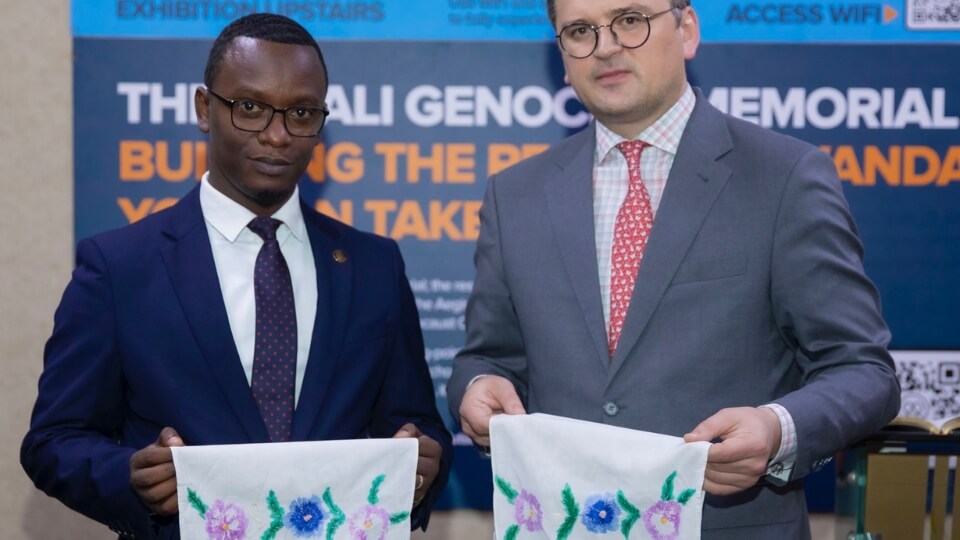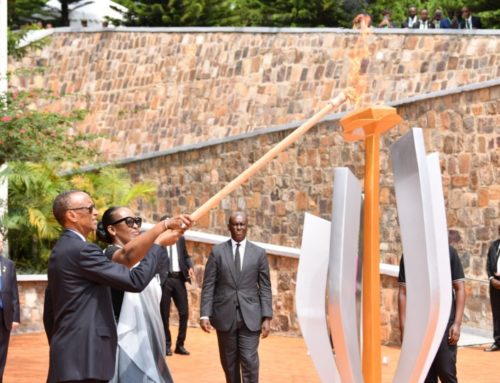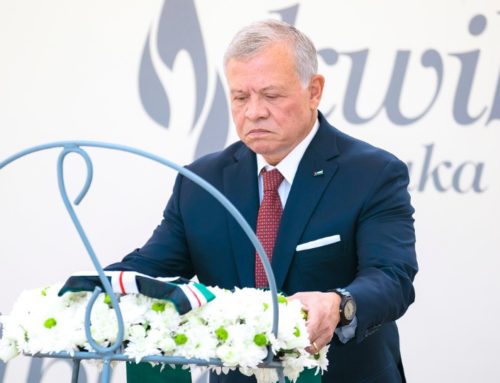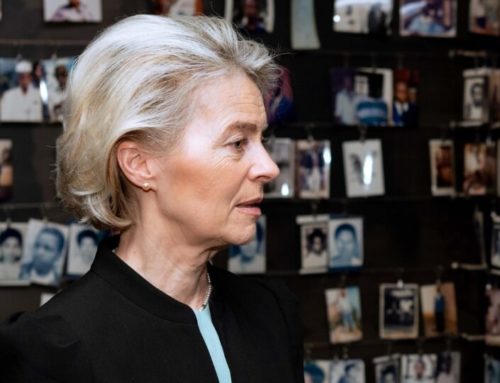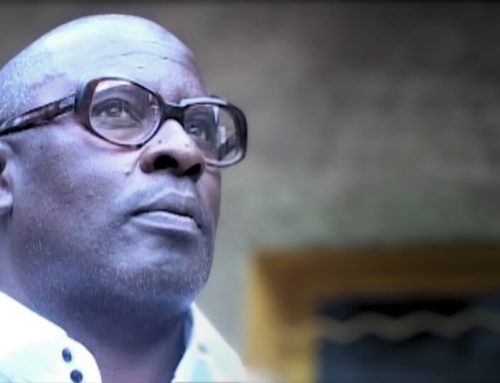On 25 May, Ukraine’s Foreign Minister Dmytro Kuleba visited the Kigali Genocide Memorial to pay respects to the victims of the Genocide against the Tutsi.
His visit began with a laying of wreaths on the burial place where 250,000 victims of the genocide are laid to rest. He was then guided through the memorial exhibitions which detail the history of Genocide, from the colonial roots of ethics divisions, through to the horrors of the killings and their consequences. He also had the opportunity to learn about the Memorial’s role in efforts to rebuild and reconcile after the Genocide.
During his visit, Dmytro Kuleba presented the Kigali Genocide Memorial’s Manager Dieudonne Nagiriwubuntu with a towel embroidered by a Ukrainian woman who survived the Holodomor (‘Death by hunger’), a famine engineered in Ukraine by Stalin’s Soviet regime in 1932-33, murdering millions of Ukrainians. Estimates for the number killed in this genocide (recognized as such by the European parliament and 25 other countries) range from 3.3 million to 10 million. Areas depopulated by the famine were resettled by Russians in Zaporizhzhya, Donetsk and Luhansk.
Kuleba presented the towel, he explained on Twitter, “to express solidarity with the Rwandan people.”
To conclude his visit, he left a message in the Memorial’s guest book. “Big honour to be here and feel the pain of the past and hope of the future of Rwanda. It is a very moving memorial and I thank the team running it”, he wrote.
Responsible for establishing the Kigali Genocide Memorial with Rwandan authorities in 2004, the Aegis Trust continues to manage the Memorial today on behalf of the Ministry of National Unity and Civic Engagement (MINUBUMWE).

